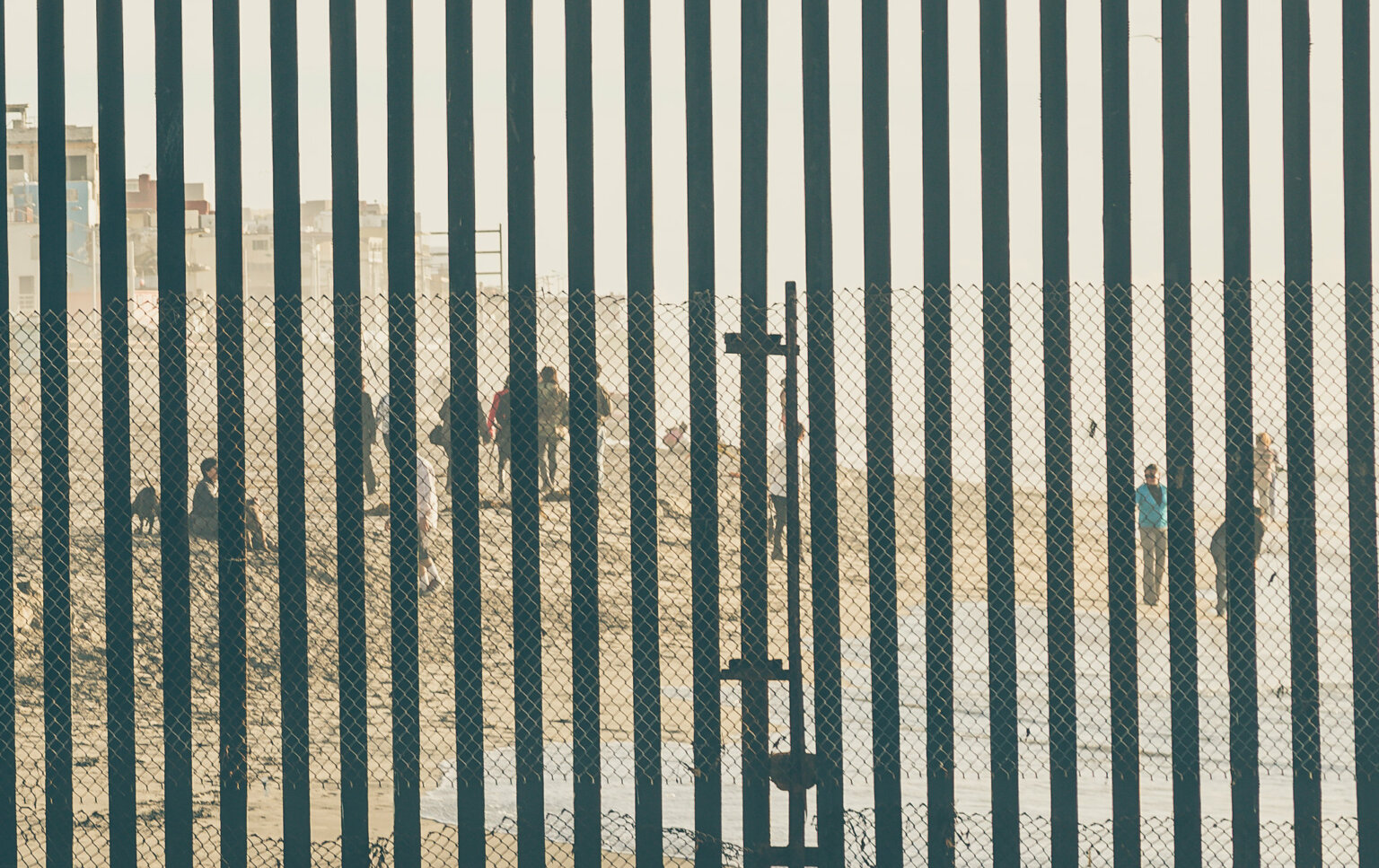- About
- Topics
- Story
- In-Depth
- Picks
- Opinion
- News
- Donate
- Signup for our newsletterOur Editors' Best Picks.Send
Read, Debate: Engage.
| topic: | Economic Opportunity |
|---|---|
| located: | Brazil, Venezuela, Argentina, Uruguay, Peru, Bolivia |
| editor: | Ellen Nemitz |
Inflation used to be a nightmare for Brazilians in the 1980's and 90's. In the last decade of the century, a new economic plan and a new currency put an end to hyperinflation, which remained under two digits almost every year since then - although exceptions were recorded in 2002 and 2015. Nowadays, the country is not even close to hitting hyperinflation levels similar to those in the past, but the prices of food, housing and fuels, to mention some, have been rising significantly: while official inflation rate over 12 months surpassed 11 percent, fuel doubled in price and some food items have also increased above that index. Meanwhile, even though unemployment rates have decreased following the end of the pandemic’s worst stage and the economy has slowly returned to a "new normal," the average Brazilian income has dropped by 13 percent compared to 2020.
High inflation and increased poverty are also hitting other Latin American countries. Brazil's neighbour, Argentina, has a similar story to tell. Famous for facing extremely high inflation rates for years and dealing with International Monetary Fund agreements, Argentina is now feeling the impacts of the two-year pandemic and, most recently, the war on Ukraine - whose economic effects have hit the globe like a tsunami. While total prices rose by 55.1 percent in one year, basic needs such as food, housing and education had above-average indexes. This is the perfect recipe for poverty: in the last half of 2021, one in every three Argentinians was considered living in poverty, according to official statistics.
There are other examples. In Uruguay, a country often remembered for its high quality of life, local media has reported that the number of children experiencing homelessness for at least one night doubled last year, following an inflation rate close to 10 percent. Chile has been witnessing a similar inflation rate, which nowadays represents one of the population’s main concerns. In Venezuela, which is barely overcoming hyperinflation and a long-lasting humanitarian crisis, people have seen their payments shrink and malnourishment threaten their lives. As a consequence, eight out of every ten elderly people live in poverty, and 40 percent are in extreme poverty.
In Peru, inflation is an additional spark to the political crisis, as president Pedro Castillo has faced two impeachment trials since the beginning of his term less than a year ago, and analysts call him a disappointment for the most vulnerable part of the population whose votes in fact helped guarantee his election. In April, demonstrations escalated from a truck drivers’ blockade to a widespread and violent protest against high prices. The government has announced measures to help, such as cutting taxes temporarily and raising the minimum income. Will they be enough to tackle the problem? Only time will tell.
One of the only exceptions to Latin America’s inflation crisis, as pointed out by the BBC, is Bolivia, which has benefited from a package of economic measures, including a fixed dollar-based exchange rate, exportation restrictions and subsidies for fuel and food. No one knows, however, how long the government will be able to remain in this inflation oasis. Likewise, it is hard to predict whether the high inflation rates will last in the rest of the continent, and how deep the consequences will be.
Photo by Claudio Schwarz

